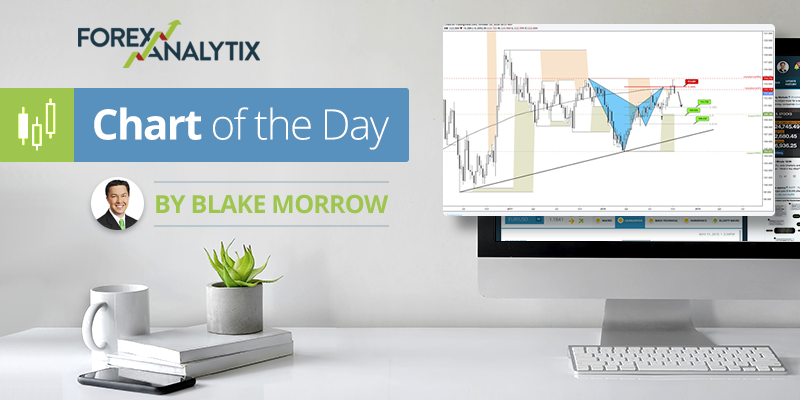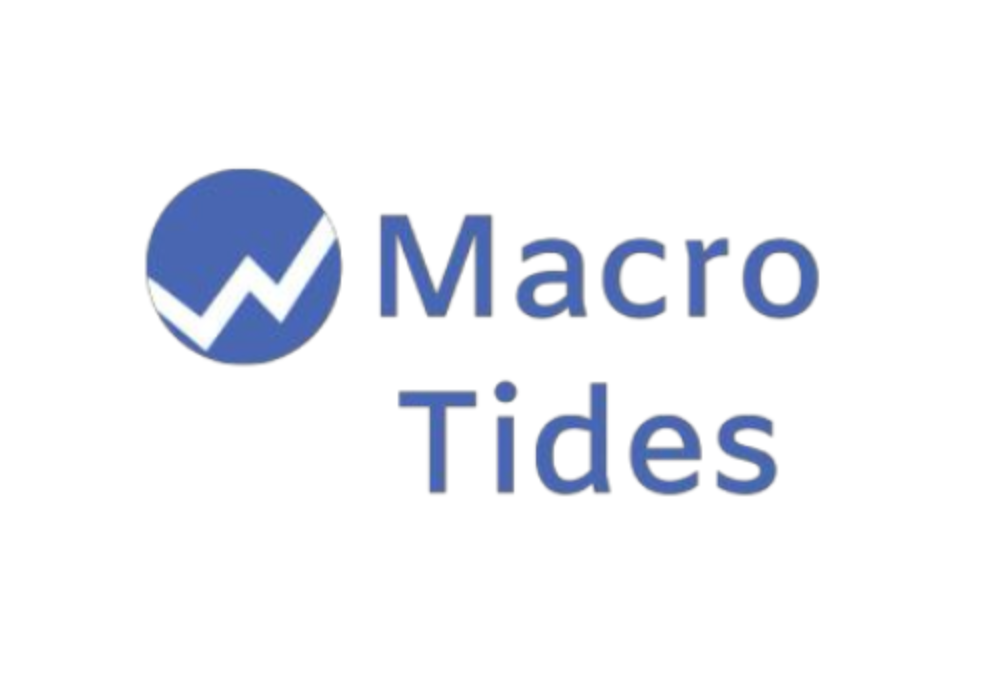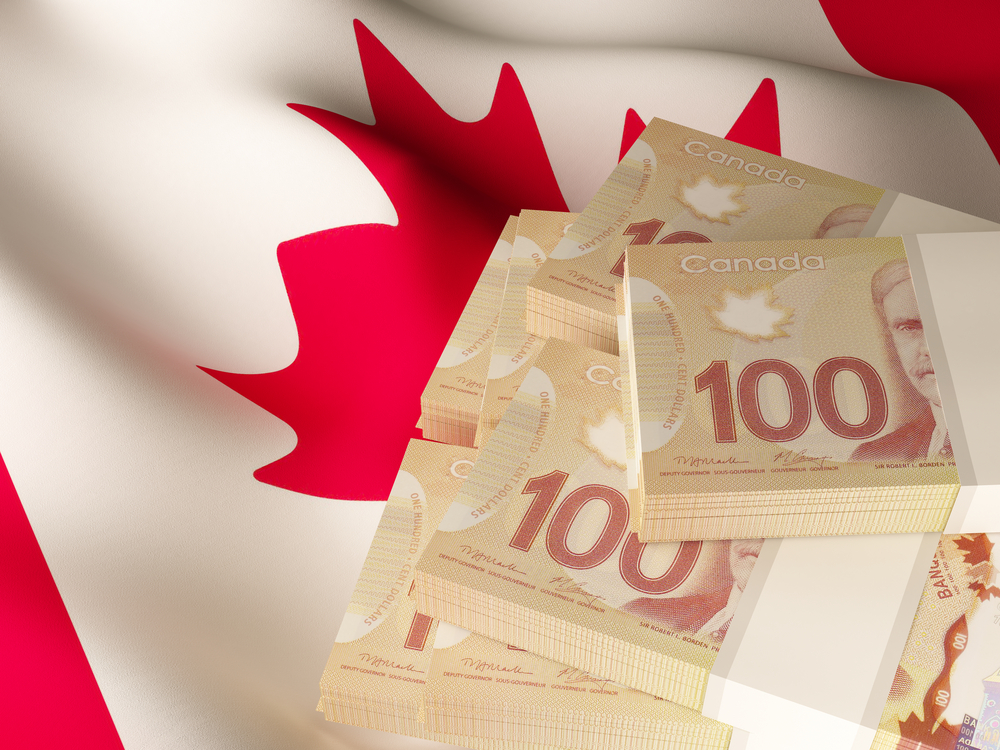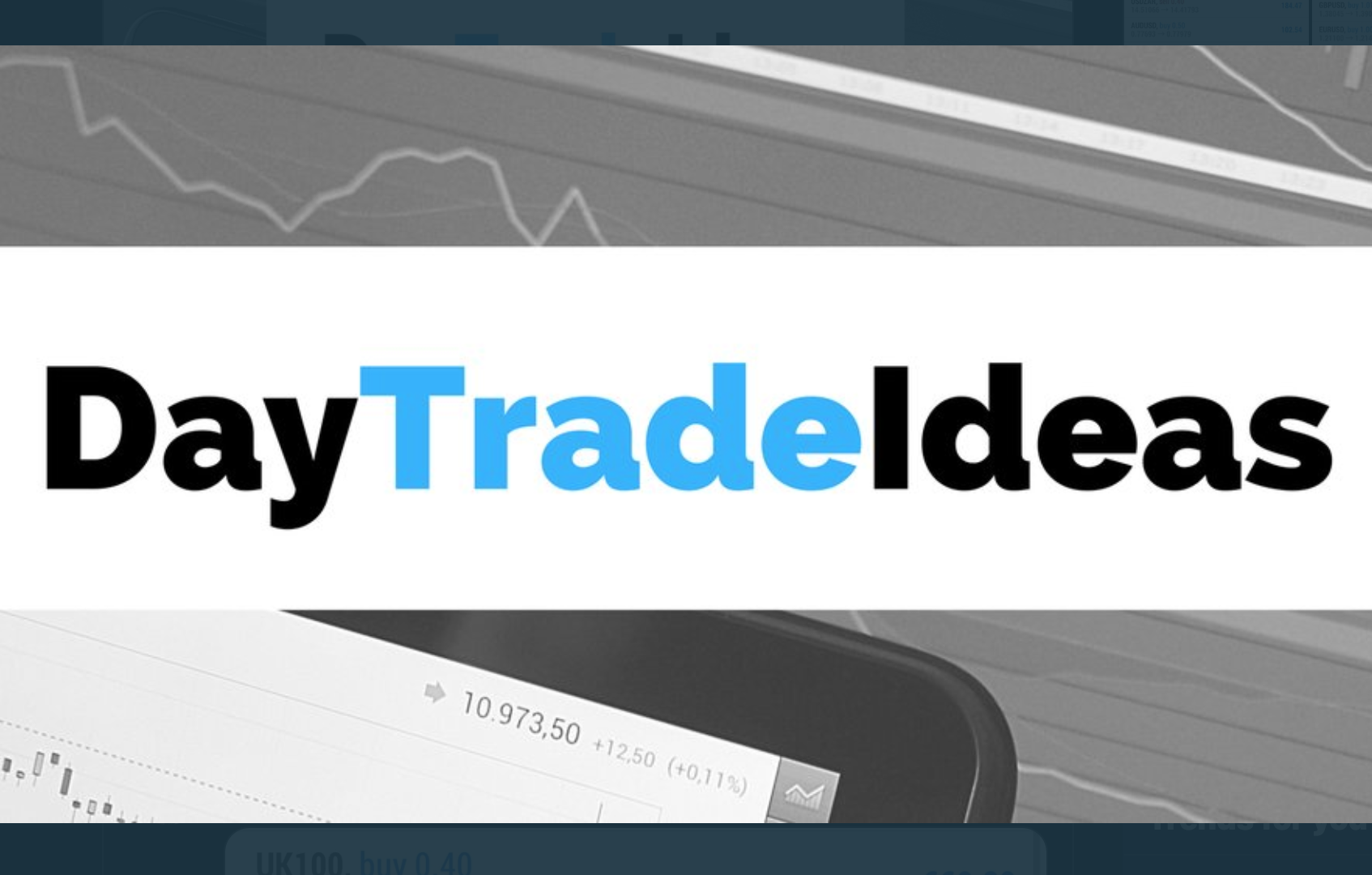Quantitative Buybacks
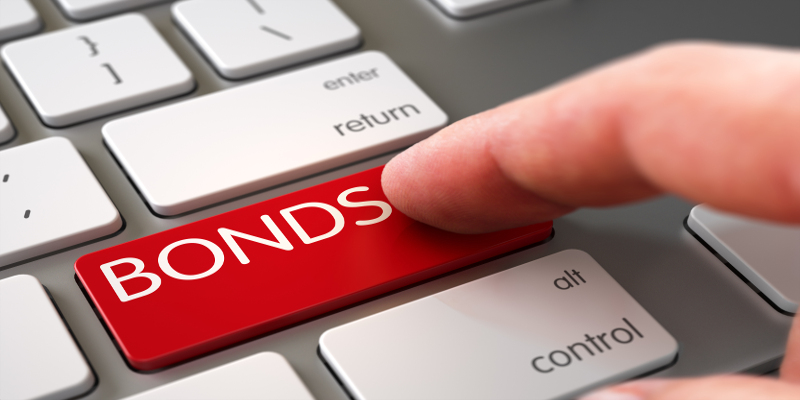
Quantitative Buybacks
A Treasury buyback program today would be mechanically equivalent to quantitative easing and a tailwind for risk assets. Buybacks funded by bill issuance would move cash out of the RRP and into the broader financial system. The end result would be an increase in cash held by banks and non-banks, both whom may rebalance their portfolios into other assets. In addition, the reappearance of a steady bid for coupon Treasuries would put downward pressure on yields and boost market liquidity. This post shows why buybacks would be mechanically equivalent to QE, reviews two channels QE operates to boost risk assets and suggests a potential shift in the conduct of monetary policy.
Buybacks as QE
When RRP balances are high, Treasury buybacks funded by bills are mechanically equivalent to Fed QE. In addition to reducing market duration, buybacks would also increase the quantity of cash available. This is because the newly issued bills are likely to be purchased by money market funds, who would finance the purchase by withdrawing cash held in the RRP. MMFs have parked $2t in the RRP because the RRP offering rate is more attractive than bill yields, but bill yields would rise with higher bill issuance. The money held in the RRP would ultimately move into the hands of investors through the banking system – increasing the cash holdings of banks and non-banks in a manner identical to QE.

Although the Fed did not create new money, the money it had already created becomes more widely distributed. Note that these mechanics would be different if the RRP were empty. In that case the transaction would just be a debt swap.
Rebalancing Channel
A powerful mechanism through which QE impacts risk markets is by encouraging bank and non-bank investors to take on greater duration and credit risk. At a high level, QE changes the composition of liquid assets held by non-bank investors away from Treasuries and towards more bank deposits. These two assets are comparable, but not identical as bank deposits carry bank credit risk and offer limited yield. Some investors are thus incentivized to rebalance by moving along the duration and/or credit risk spectrum. The rebalancing has been reliably risk positive over the past decade.

QE also increases the cash balances of commercial banks, who then rebalance into a narrow set of high quality liquid assets like Treasuries and Treasury repo. In effect, one dollar of QE creates two dollars of money by increasing reserves (money for banks) and bank deposits (money for non-banks). This arises from our two-tired monetary system, and magnifies the rebalancing impact of QE on assets both banks and non-bank investors buy. The overlapping assets in 2019 were Treasury repo, and post-2020 were cash Treasuries. As reducing bank cash balances via QT predictably led to market weakness in both cases, so increasing cash balances should be supportive.
Market Functioning Channel
QE directly improves Treasury market liquidity by increasing the demand for Treasury securities. Buying a security is equivalent to adding liquidity into the market, as cash is exchanged for a security. In March 2020, market participants had trouble liquidating their Treasuries as a wave of selling overwhelmed buyers. The panic ended only when the Fed stepped in as a dealer of last resort and undertook over a trillion in “market functioning purchases” over the span of just a few weeks.

A Treasury buyback program would also mimic QE in its impact on market functioning. On some measures, Treasury market conditions today resemble those of March 2020. The combination of a large primary deficit and QT is creating a wave of selling that the market is having trouble digesting. A sizable buyback program would in effect make the Treasury a dealer of last resort like the Fed. The result is likely comparable to the Fed QE: improved market liquidity and lower yields.
Two Chairs
A Treasury Secretary exercising the power of QE would mark a departure in how monetary policy is conducted. Monetary policy has always been in part determined by actions of the Treasury, who influences the shape of the yield curve by deciding the national debt’s maturity profile. However, a sizable buyback program would be a much more overt foray into monetary policy. It would functionally ease financial conditions at a time when the Fed struggling to contain inflation. The concern over Treasury market fragility is legitimate, but so is the perception of monetary policy independence. The option to goose the stock market at will may also be very tempting.
20221101




